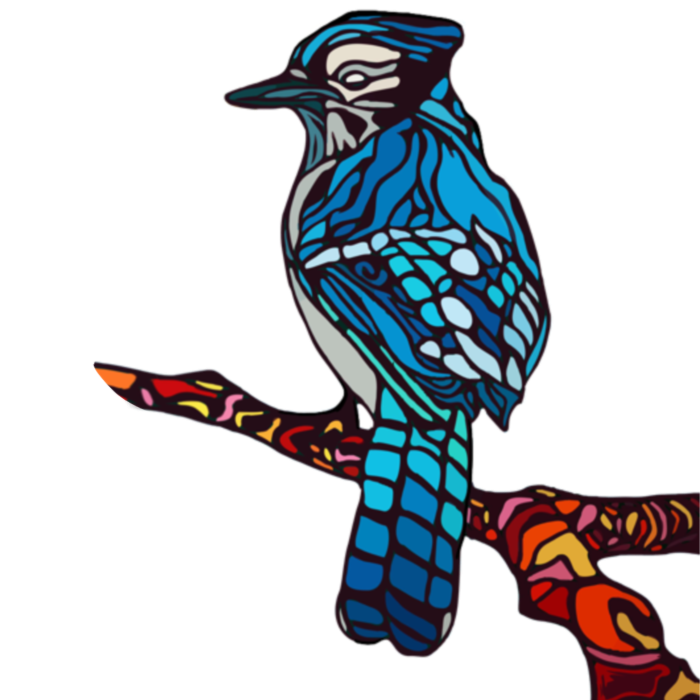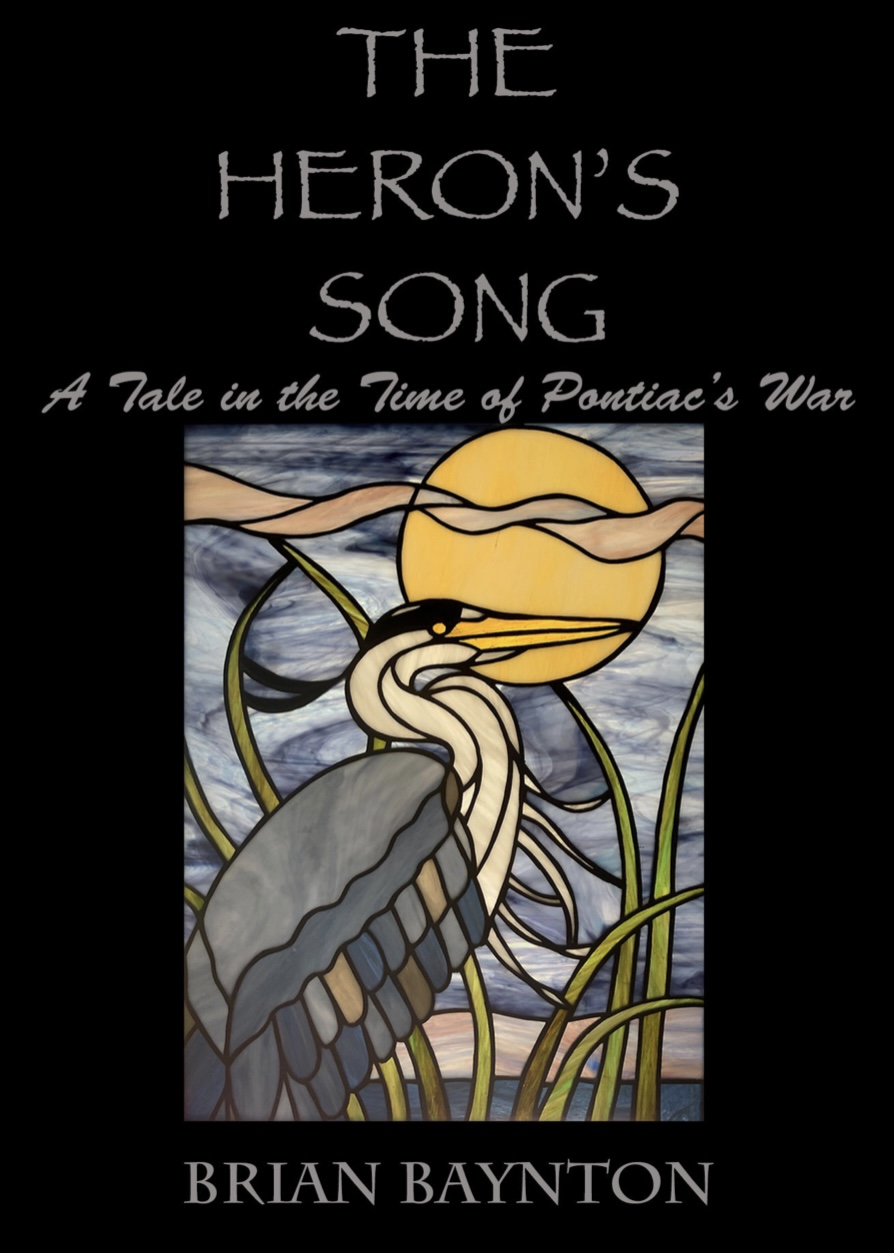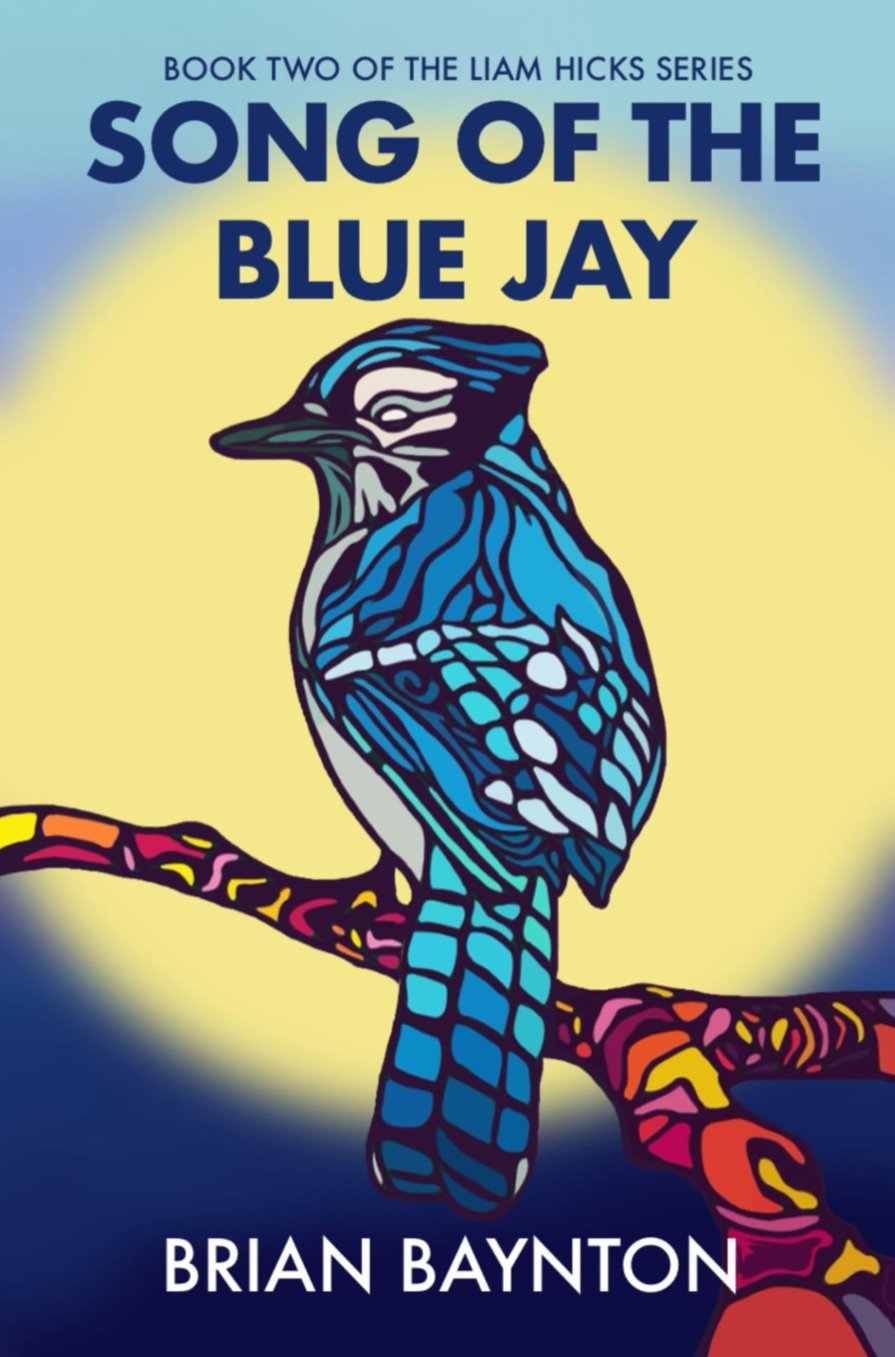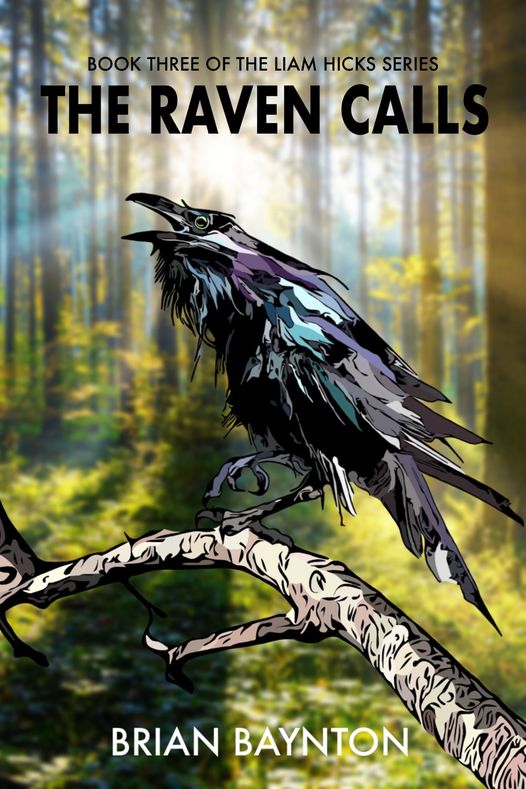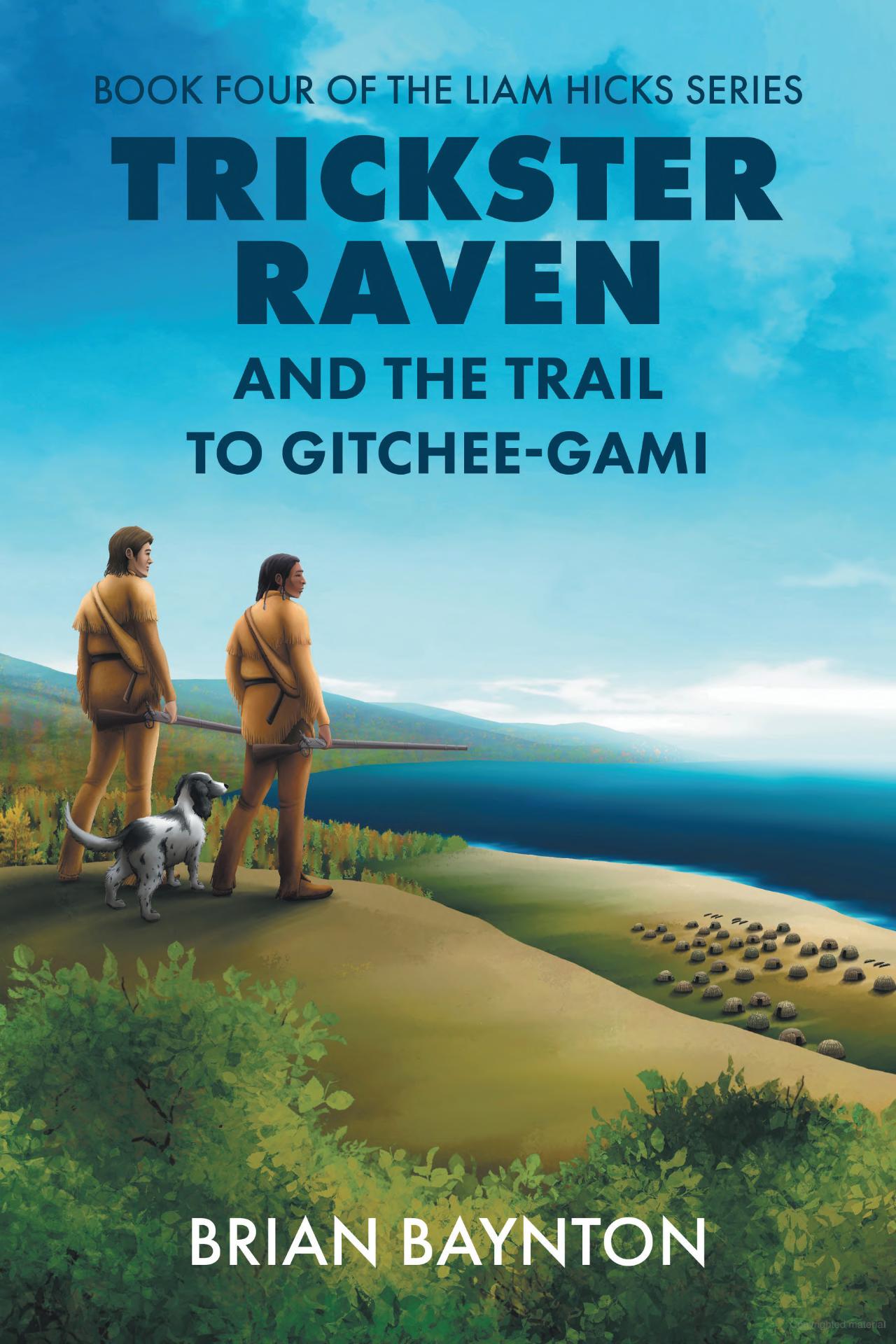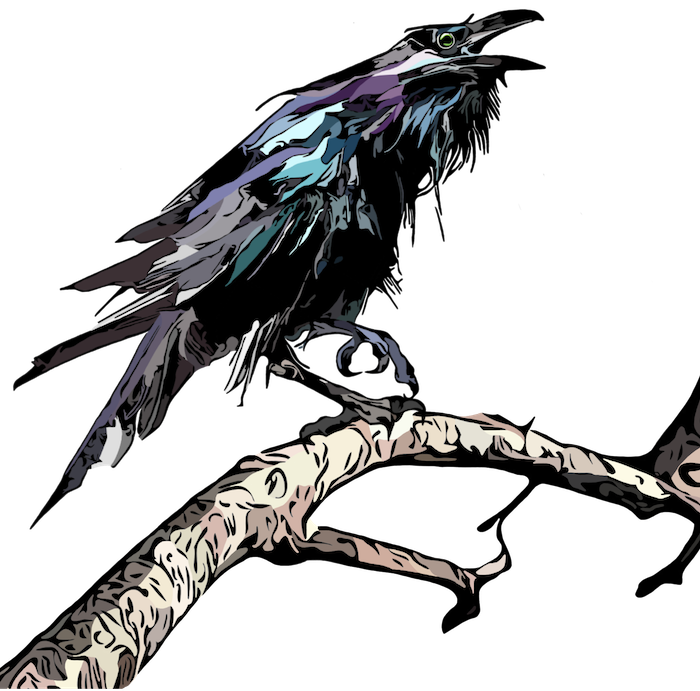
ABOUT THE AUTHORBRIAN BAYNTON
I remember the exact moment I first became interested in learning more about the wars that took place in the Eastern forests of North America throughout the 1700’s, and which culminated with the War of 1812. I was in grade five at Winston Churchill Public School in Chatham Ontario. My sister who was three years ahead of me, was studying the War of 1812 in her history class. When she would do her homework at our kitchen table, she would tell of what she learned that day about the war and its various battles. The Battle of the Thames was fought in and around Chatham as the British Army and their Native allies retreated from Fort Malden in Amherstburg. The retreating British followed the Thames River which runs through the heart of Chatham attempting to find refuge with the main British forces in far off Burlington Heights. The Shawnee war chief Tecumseh and his followers fought a rearguard action at the location of Tecumseh Park in what is now the centre of Chatham, looking to slow up the American’s pursuit. The two armies and Tecumseh’s followers would meet again at Moraviantown, where Tecumseh would meet his end. That summer, my sister and I were walking along the Thames when she came upon on an old and very beat up braided belt. She posed the question, “what if this belt belonged to Tecumseh?” The retreat of Tecumseh’s followers and the British forces on that October day in 1813 would have taken them along the bank where the belt lay.
Her question fired my imagination and caused me to read all I could about the Shawnee chief, and the more I read the more I learned how the War of 1812, at least from a Native perspective, was perhaps the final battle in a war against white expansion that had spanned a century and a half or more. Most of my reading focused on the French and Indian War (1754-1760). Most Canadian students (me included) would learn about Montcalm and Wolfe and the battle for Quebec, but it was the war at the forest level that most intrigued me – the Native alliances with each other and with which ever European power they were supporting – to me that is where the real war was fought.
Also, at some point, I decided I would someday write a book, though when I would think about doing the writing, I had no idea what it should be about. I wanted to write only one, just so I could tell myself that I had written a book. That book turned out the be ‘The Heron’s Song’ the first book in what was to become the Liam Hicks Series. The main character ‘Liam’ is a frontiersman and woods runner, who scouts for the British army in the Champlain Valley during the French and Indian War. ‘The Heron’s Song’ is set in the time of Pontiac’s War at Detroit, three years after the French surrender at Montreal. The positive feedback for ‘The Heron’s Song’ encouraged me to write three more books in the Liam Hicks Series – ‘Song of the Blue Jay’, ‘The Raven Calls’ and the recently published ‘Trickster Raven and the Trail to Gitchee-Gami’. You can find more about each book by clicking on their image on this page.
I currently reside in Southern Ontario with my wife Janice and our three black and white Spinger Spaniels. Our three grown children all live in Western Canada with respective spouses and significant others.
Her question fired my imagination and caused me to read all I could about the Shawnee chief, and the more I read the more I learned how the War of 1812, at least from a Native perspective, was perhaps the final battle in a war against white expansion that had spanned a century and a half or more. Most of my reading focused on the French and Indian War (1754-1760). Most Canadian students (me included) would learn about Montcalm and Wolfe and the battle for Quebec, but it was the war at the forest level that most intrigued me – the Native alliances with each other and with which ever European power they were supporting – to me that is where the real war was fought.
Also, at some point, I decided I would someday write a book, though when I would think about doing the writing, I had no idea what it should be about. I wanted to write only one, just so I could tell myself that I had written a book. That book turned out the be ‘The Heron’s Song’ the first book in what was to become the Liam Hicks Series. The main character ‘Liam’ is a frontiersman and woods runner, who scouts for the British army in the Champlain Valley during the French and Indian War. ‘The Heron’s Song’ is set in the time of Pontiac’s War at Detroit, three years after the French surrender at Montreal. The positive feedback for ‘The Heron’s Song’ encouraged me to write three more books in the Liam Hicks Series – ‘Song of the Blue Jay’, ‘The Raven Calls’ and the recently published ‘Trickster Raven and the Trail to Gitchee-Gami’. You can find more about each book by clicking on their image on this page.
I currently reside in Southern Ontario with my wife Janice and our three black and white Spinger Spaniels. Our three grown children all live in Western Canada with respective spouses and significant others.
ABOUT THE CHARACTERLIAM HICKS
The main character, Liam Hicks, is a frontiersman, woods runner and sometime scout for the British army during the French and Indian War (1754-1760) and the years directly following its ending. He is knowledgeable in the ways of the forests, having learned them at the knee of his Abenaki ‘father’ Kasko in the Abenaki/French village of Odanak. From this starting point, the books follow Liam through the Eastern forests of North America: to Detroit at the time of Pontiac’s War in The Heron’s Song, to the Ojibwa territory of Aamjiwnaang for Song of the Blue Jay, south past the Lake of the Eries and down to Fort Pitt in The Raven Calls, then to Michilimackinac and the shores of Lake Superior and the Ojibwa village of Batchawana in Trickster Raven and the Trail to Gitchee-Gami. Many well-known characters of the time also show up in each of the books: Robert Rogers, William Johnson, Charles de Langlade, James Stirling, Little Thunder of the Aamjiwnaang Ojibwa, Wasson and Perwash of the Saginaw Bay Ojibwa and the Odawa chief Pontiac amongst many others. The books also reflect my reverence for the nature of the Great Lakes and the rivers and streams that flow into them—their power, their beauty, their colours from deep blue to deep green and everything in between. And Pup? He is a composite of the five beautiful Springer Spaniels that have been part of our family over the past 40 or so years.
